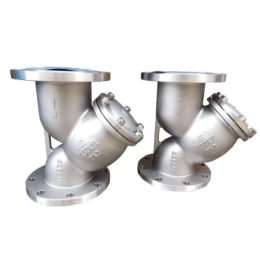Points To Keep In Mind When Installing Valves
We understand the importance of proper valve installation, and we want to provide you with a comprehensive guide to help you achieve optimal valve performance. Installing valves can be a daunting task, but with the right tools and knowledge, it can be a breeze. In this article, we will provide you with detailed instructions and guidelines to ensure that your valve installation process is a success.
Step 1: Preparing for Installation
Before starting the installation process, it is important to make sure that you have all the necessary tools and equipment. These may include wrenches, screwdrivers, pliers, and safety gear such as goggles and gloves. It is also crucial to ensure that the valve and its components are compatible with the system it will be installed in. Checking the manufacturer’s specifications is a good place to start.
Step 2: Removing the Old Valve
If you are replacing an old valve, the first step is to remove it from the system. Turn off any power or pressure sources, and use the appropriate tools to disconnect the valve from the pipes. Make sure to remove any debris or buildup that may have accumulated around the valve.
Step 3: Installing the New Valve
Once the old valve has been removed, it is time to install the new valve. Start by positioning the valve in the correct orientation, and ensure that it is securely fastened to the pipes. Use a torque wrench to tighten the valve to the manufacturer’s specifications. It is important to avoid over-tightening, as this can damage the valve and compromise its performance.
Step 4: Testing the Valve
After the valve has been installed, it is important to test it to ensure that it is working properly. Turn on the power or pressure sources, and check for any leaks or abnormalities. If the valve is not functioning as expected, it may be necessary to troubleshoot the system or consult with a professional.
Conclusion:
In conclusion, proper valve installation is crucial for ensuring optimal performance and preventing system failures. By following the steps outlined in this article, you can confidently install valves and maintain the efficiency of your system. Remember to always refer to the manufacturer’s specifications and use the appropriate tools and safety gear.



